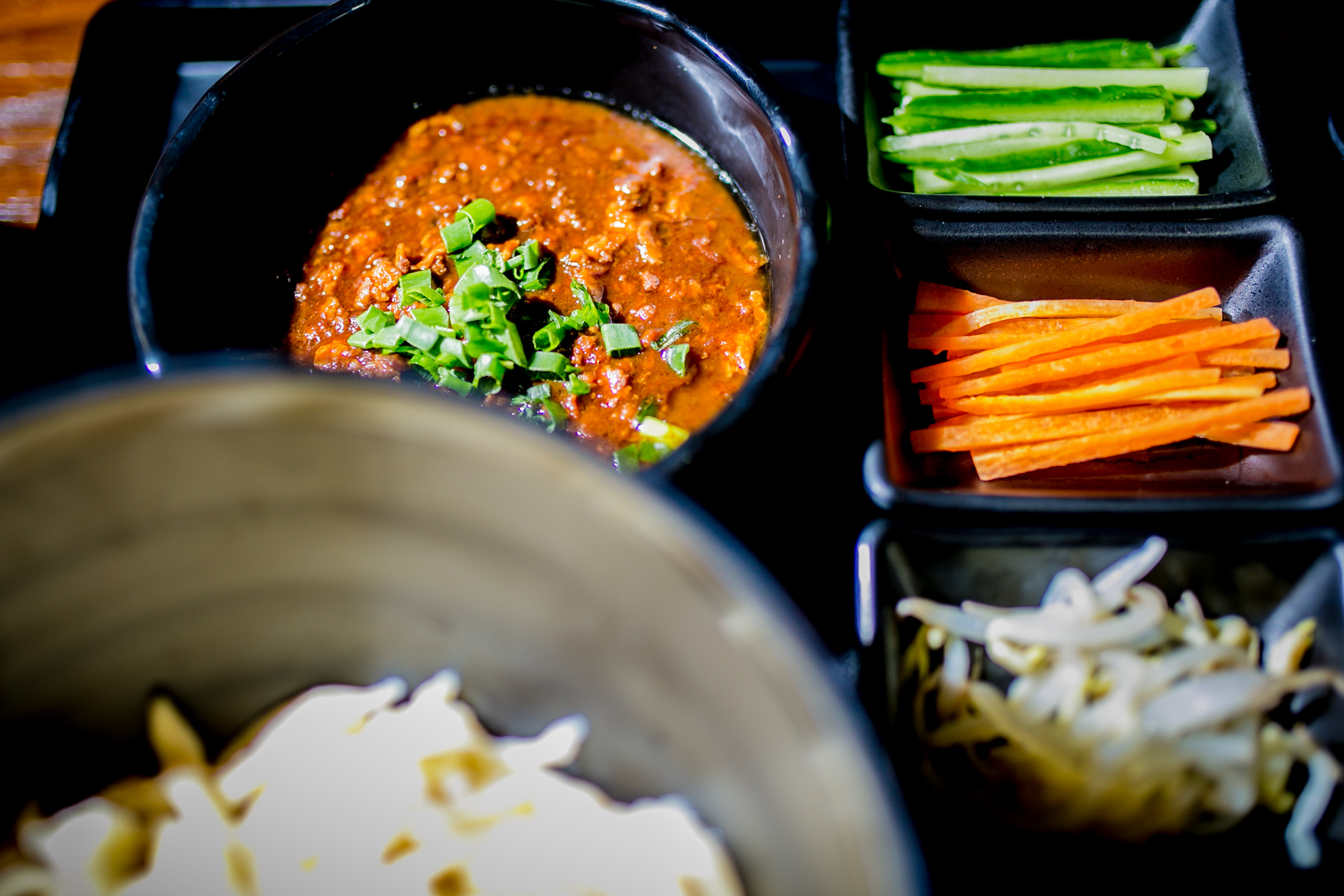Master Wang is not new to introducing Hungarians to authentic Chinese cuisine, with his eateries on Gizella utca or at the Chinese market in District VIII that always offer quality meals worth trying. What is unique about Biang, though,is its central location and food selection.
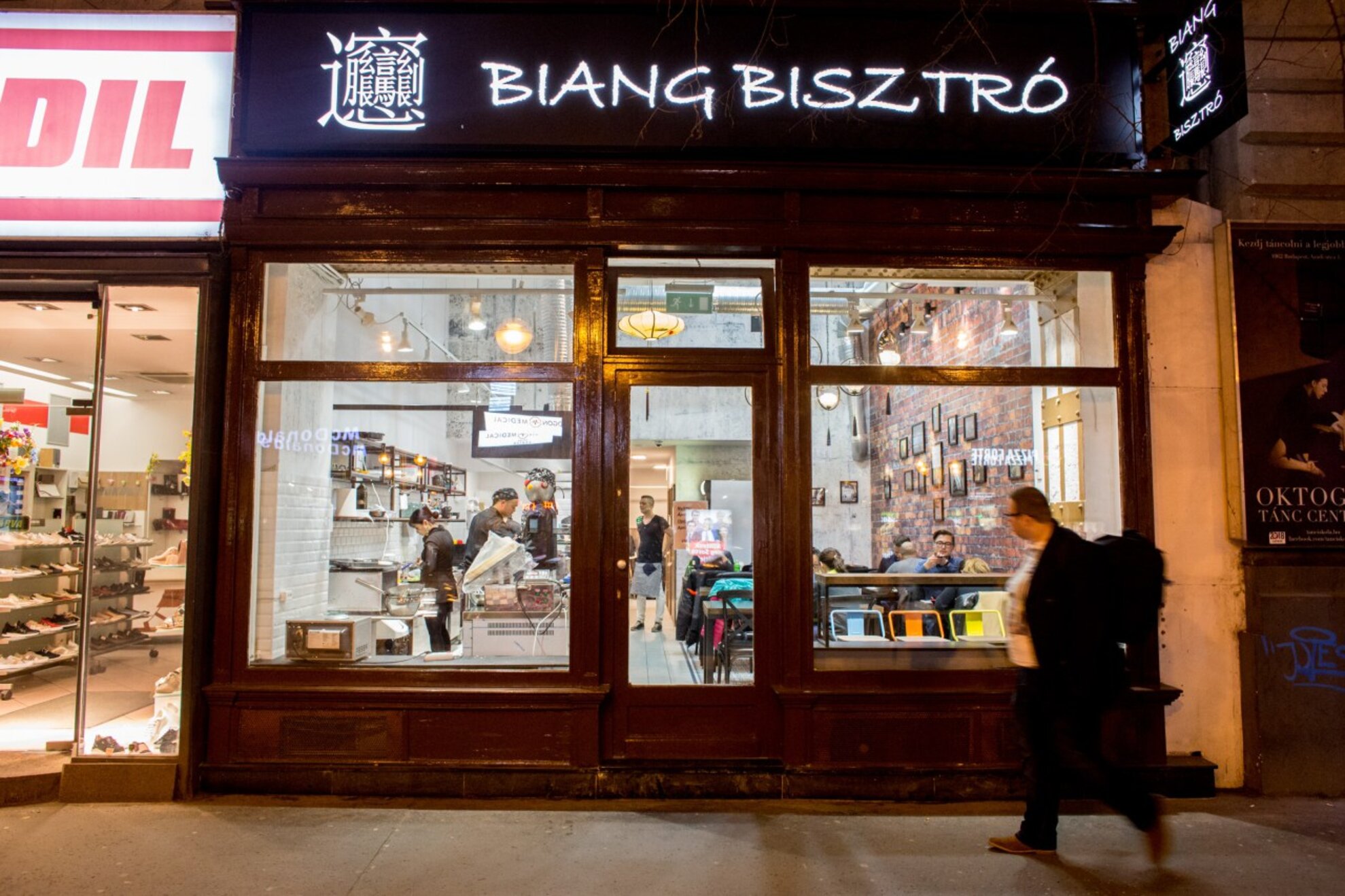
With the exception of Sanghai House also located downtown, if you want to get to know the authentic cuisine of the different regions of China you still have to go to Kőbánya – to Milky Way or Spicy Fish. But here at Biang you get a taste – literally – of Chinese cuisine in its entirety with the most popular dishes.
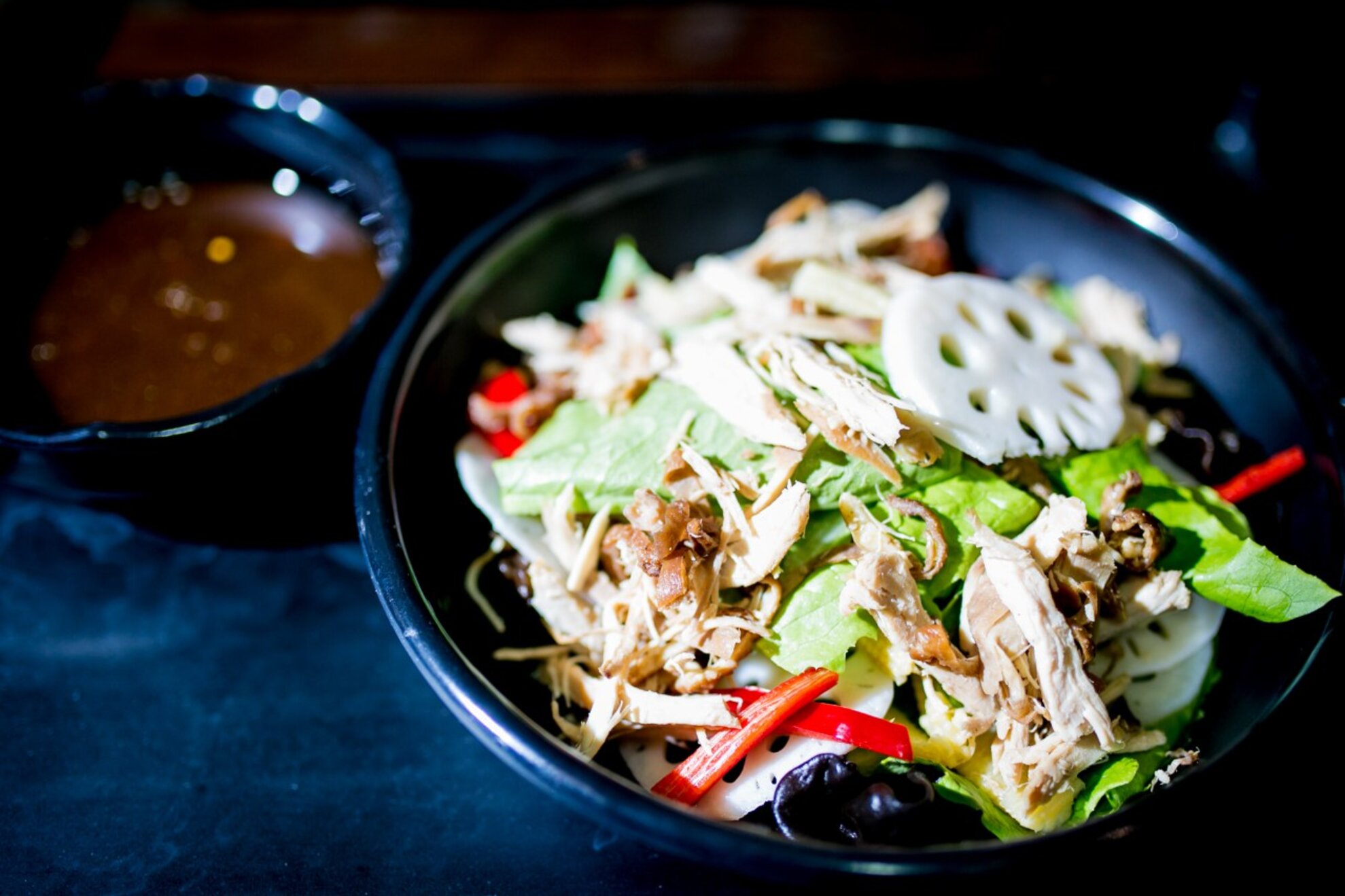
Biang’s interior design is very functional, clean and simple, not at all what you’d expect from a standard Chinese eatery. The place has an open kitchen that occupies the largest part of the indoor space with a noodle-making robot, a real spectacle and a guarantee that everything is freshly made.
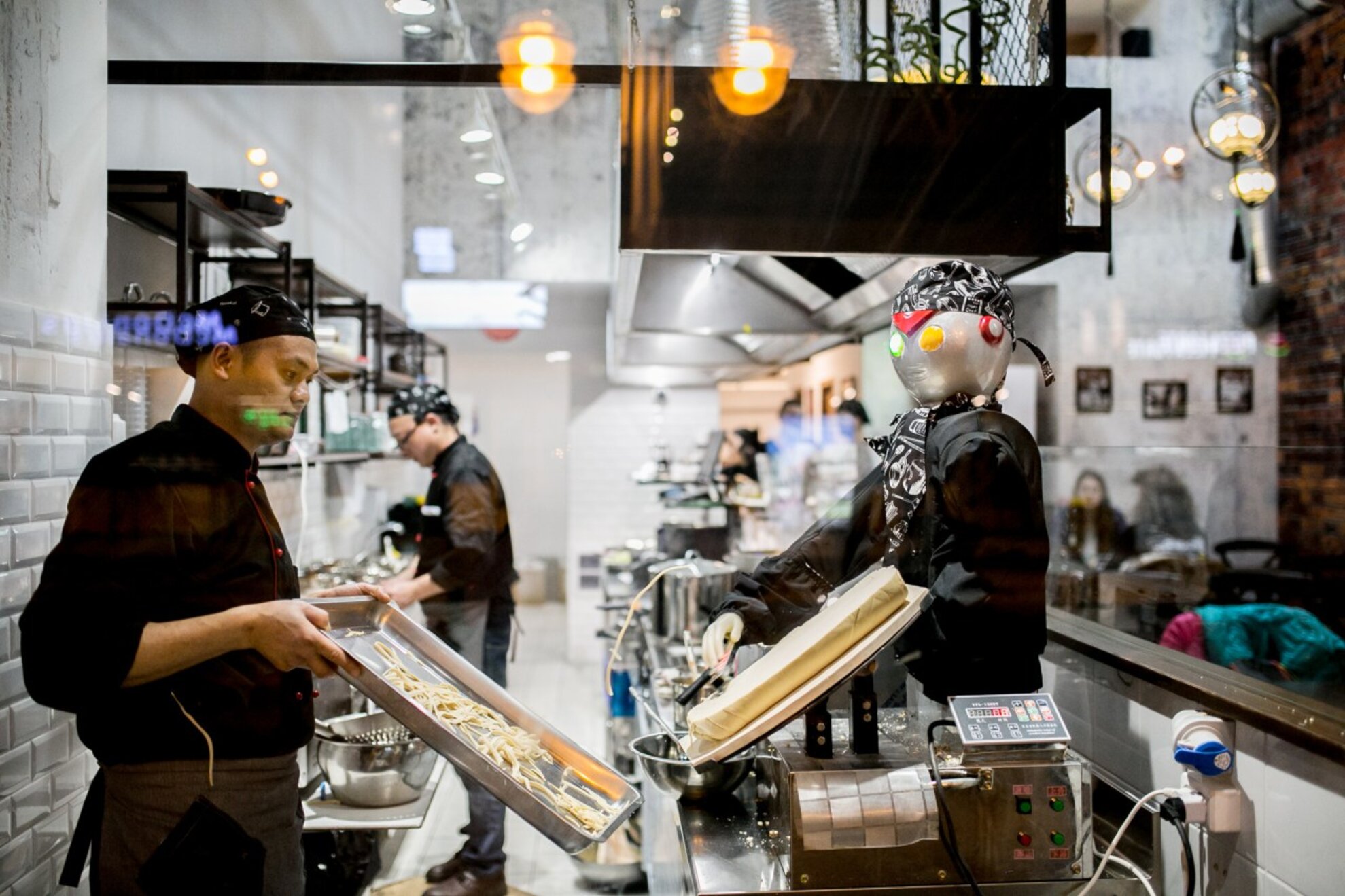
Altogether, 21 people can be seated in Biang, so if you want to visit with a bigger crowd, it’s a good idea to reserve. In Biang the tables and the portions are not made for the classic communal experience of traditional Chinese dining where space allows for easy sharing of the dishes.
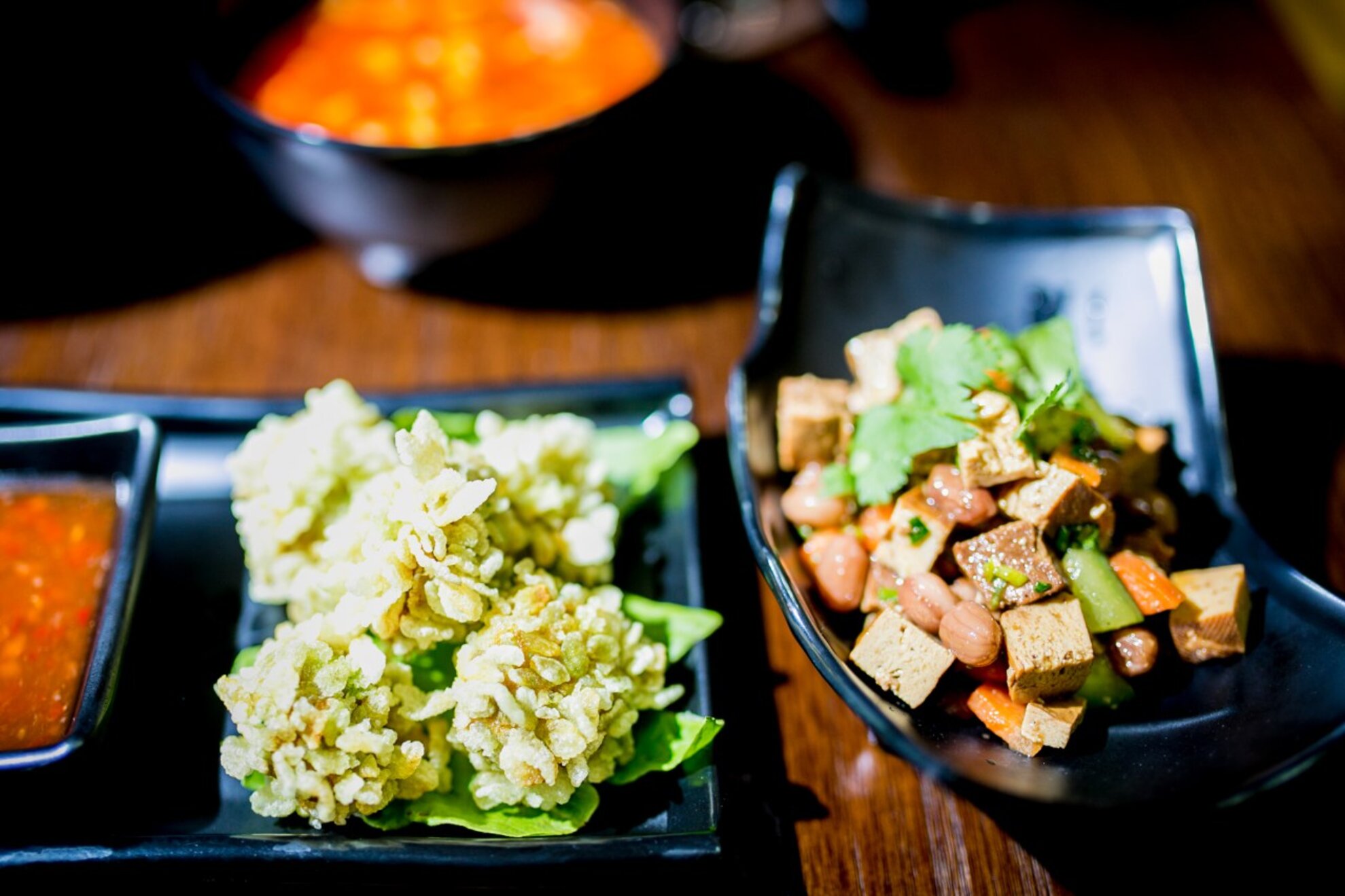
Of the starters, the dried tofu with peanuts (780 HUF) is fresh, spicy and exciting, something for vegetarians and vegans to enjoy. Lotus root cuts (980 HUF) are also worth trying - the lotus root’s sweet flavor blends perfectly together with the added sauce.
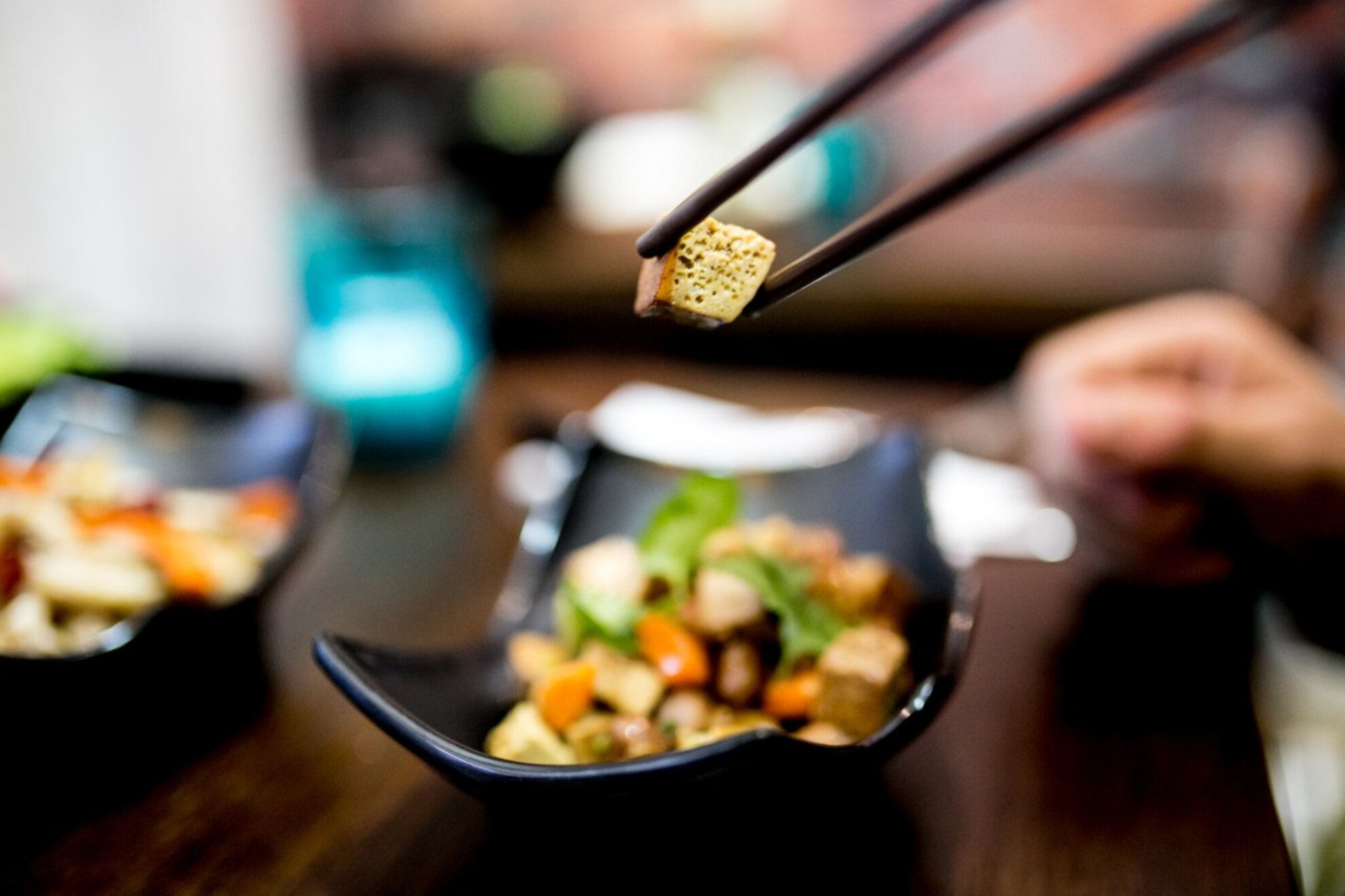
We tasted the beef slices with soy sauce (1,280 HUF) and the Beijing-style spicy cabbage (780 HUF), resembling Korean kimchi, and they did not disappoint – they explain why Lanzhou, an earlier Master Wang venture, rose well above the standard Chinese buffet meals.
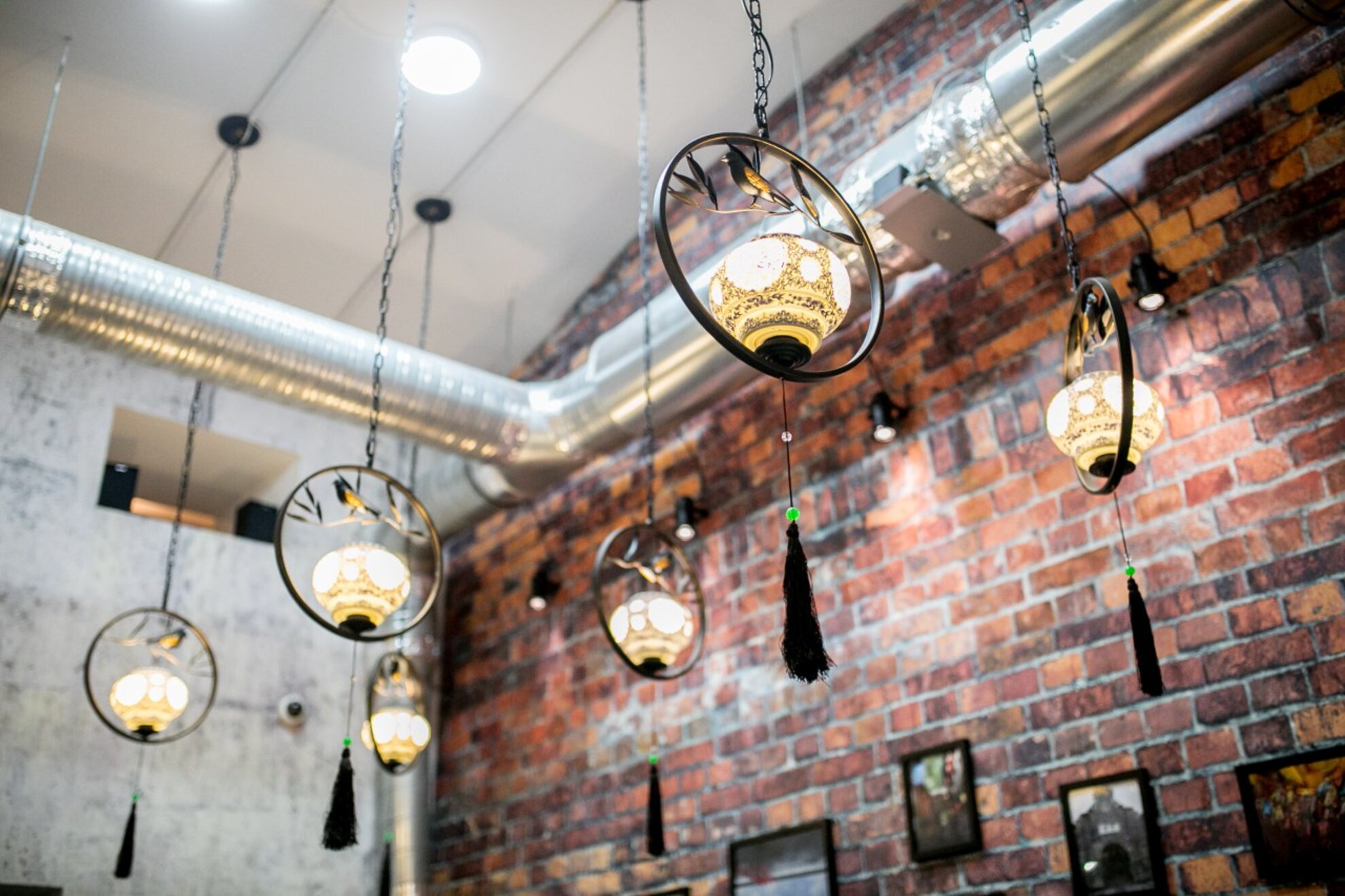
Master Wang’s restaurants have always had high-quality meals made from offal. Even András Berényi from globally inspired eatery Dobrumba praised one of the cold starters, thin slices of boiled beef organ meat with chili-vinegar-pepper sauce on top. It should not come as a surprise, then, that the highlight of our dinner was the spicy pork belly noodles (1,780 HUF) – it’s bold, spicy and sophisticated and will surely convince you that for the best Chinese food, you should go to Sichuan.
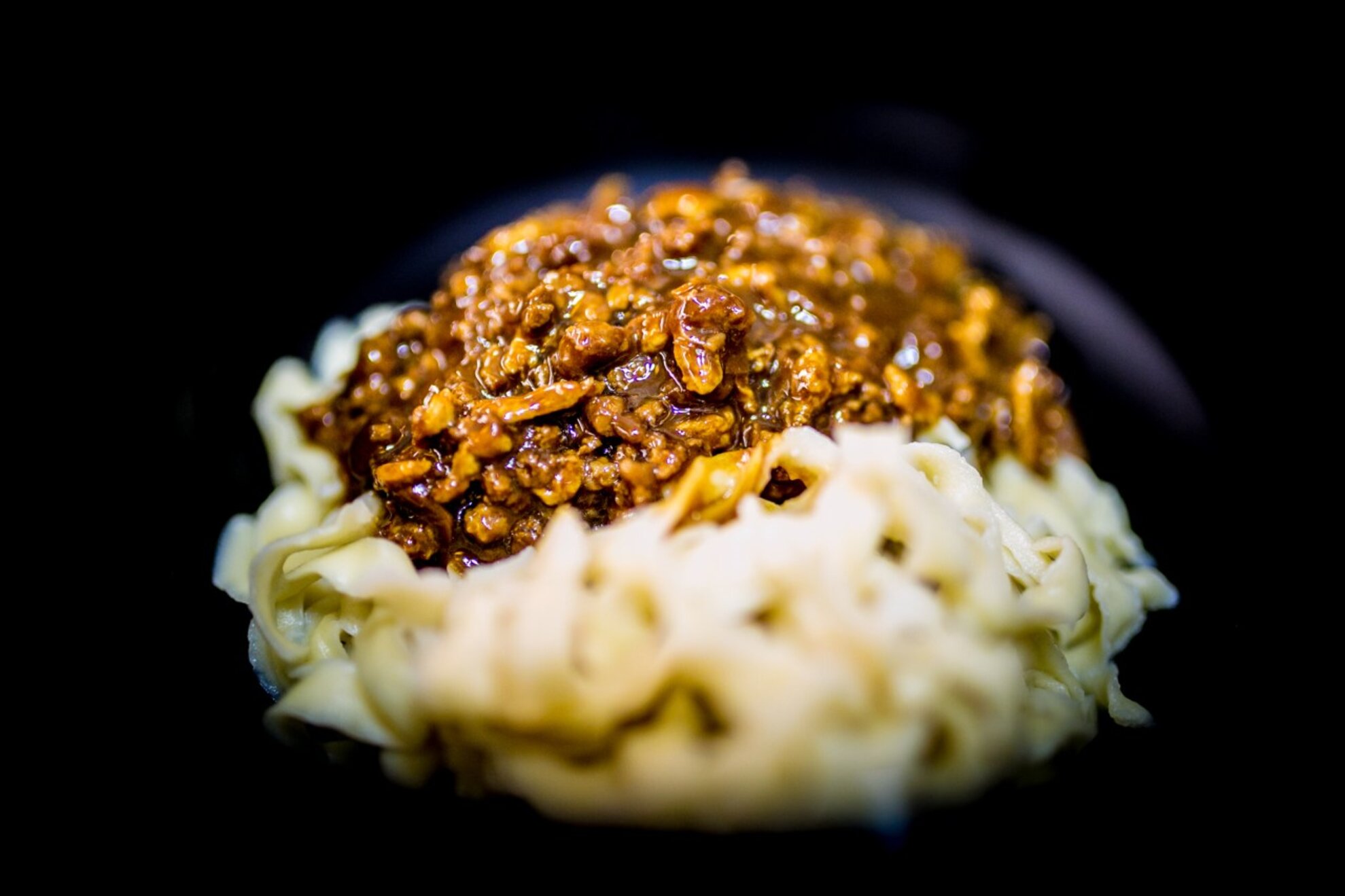
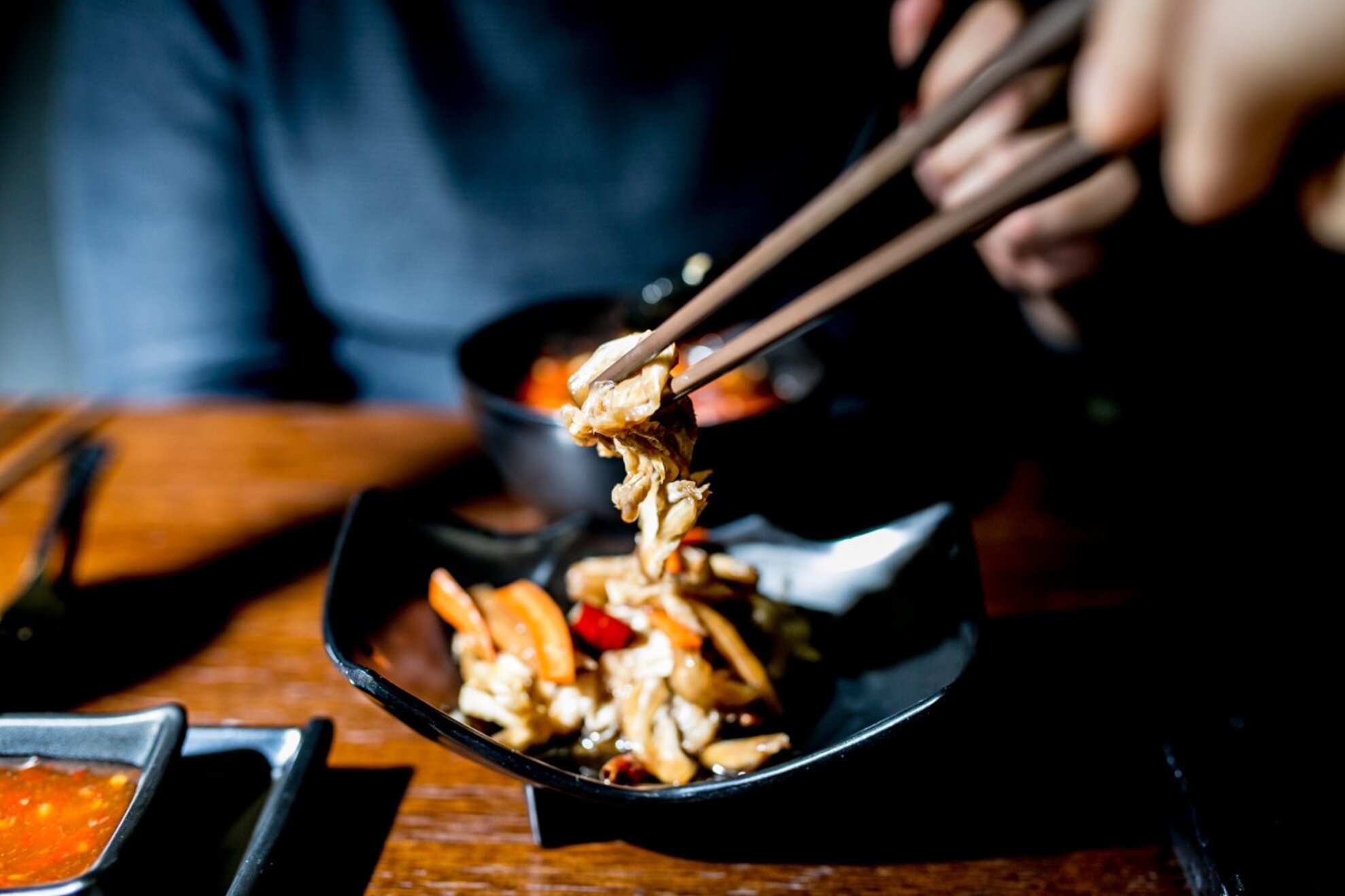
Another classic of the region, fried baozidumplingswithchicken/pork filling (four pieces for 1,380 HUF) are light and saucy, but here they could have been a bit more boldly flavored. The shrimp/pork meatballs in crispy rice flakes (five pieces for 1,380 HUF) taste really fresh – not something they just took out from the freezer - and the rice-flake coating is an excellent touch.
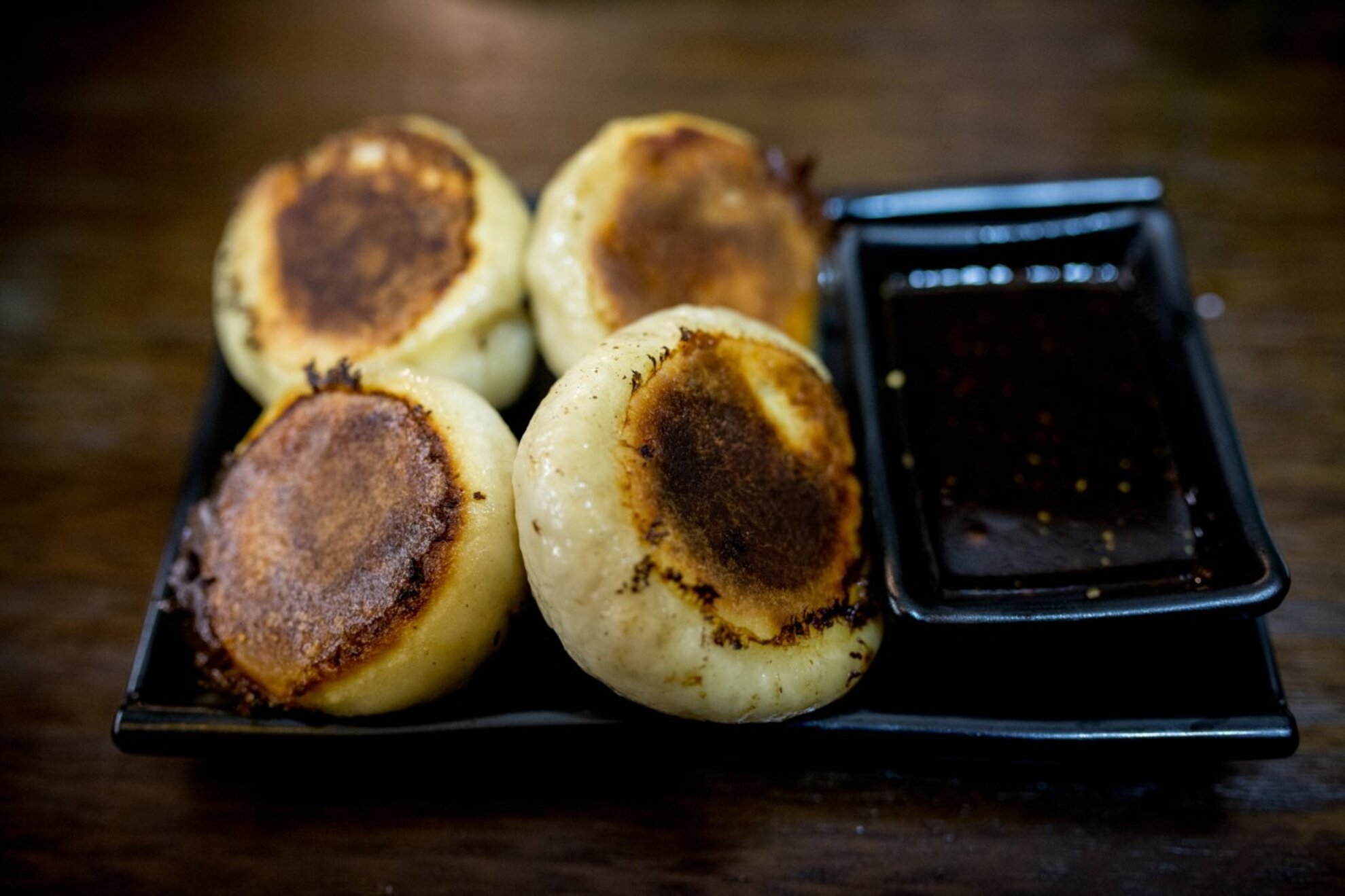

For vegetarians, the fried rice and fried noodles have meat-free variations (1,580 HUF) –though the noodles could do with more vegetables, the freshly made ingredients and sauces compensate. There are salad choices (1,380 HUF), too. Instead of choosing dishes with gai jiao rice, we opted for fried sesame-filled dumplings (four pieces for 780 HUF) – with their Nutella-like flavor, they were a delicious way to finish off dinner.
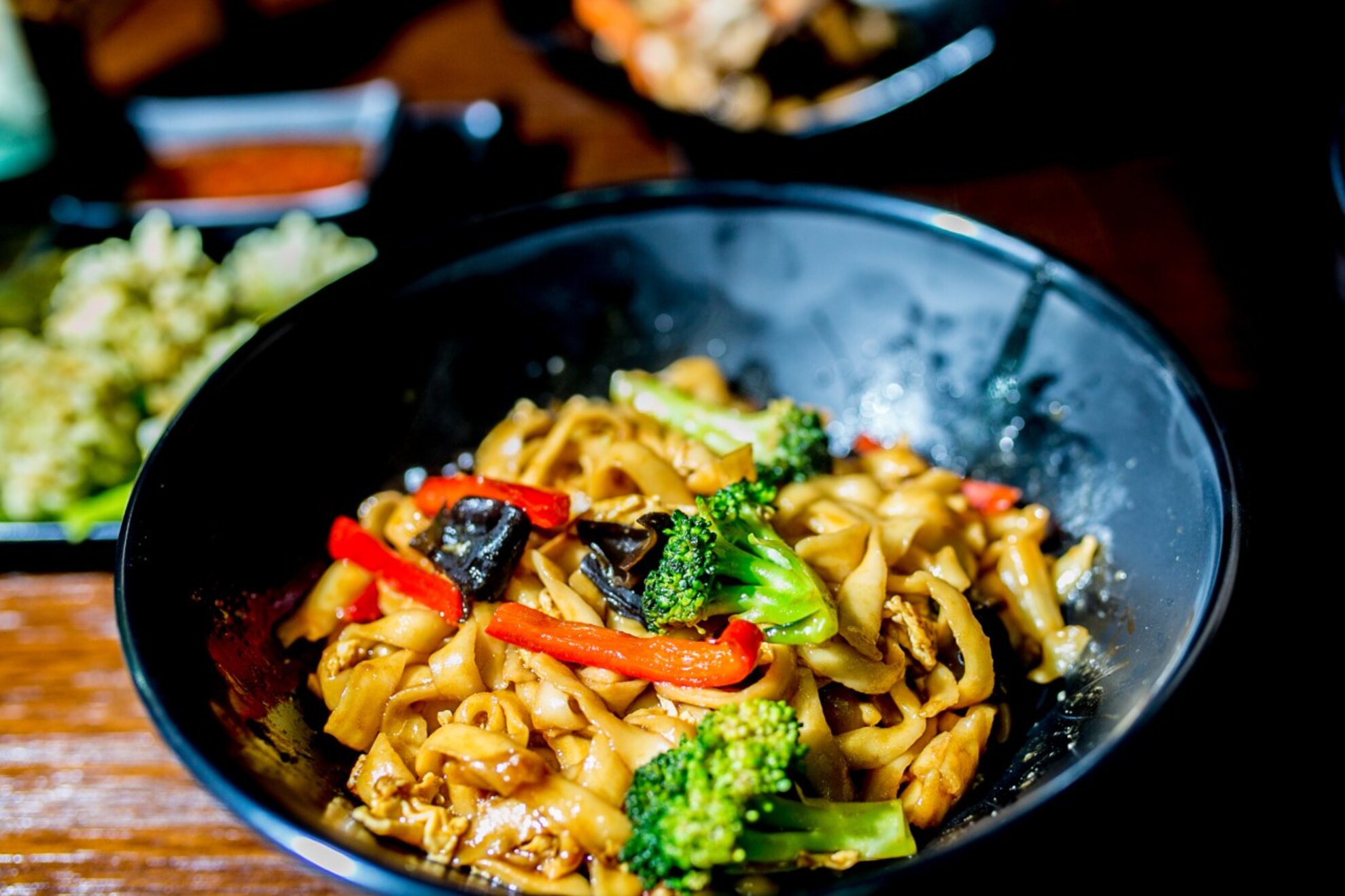
Master Wang plans to change the menu from time to time and he will offer specials available only for a few days. Besides the soft drinks there’s a selection of alcoholic beverages, like Asian beers (Ichiban, Tsingtao, Chang) or a real specialty, the 68 % vol. sorghum liquor (Kao Liang Chiew). It appears that Master Wang finally arrived in town – and he’s here to stay.
